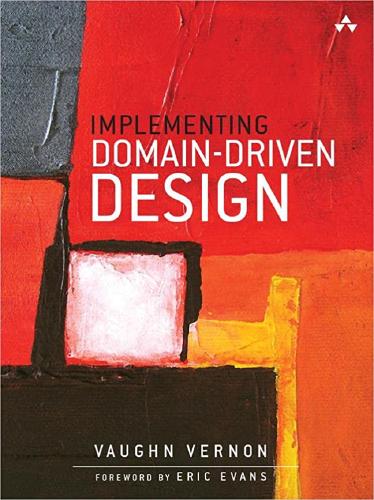
Implementing Domain-Driven Design
An in-depth guide that provides both theoretical understanding and practical examples for effectively applying Domain-Driven Design principles in software development projects
“Implementing Domain-Driven Design” by Vaughn Vernon is an authoritative and comprehensive guide to applying Domain-Driven Design (DDD) principles in real-world projects. Vernon draws on his considerable experience to provide both a theoretical framework and practical examples for developers and architects seeking to understand and apply DDD.
The book begins with a clear explanation of what DDD is, including its philosophical underpinnings and key concepts like ubiquitous language, bounded contexts, entities, value objects, and aggregates. Vernon also discusses strategic design and context mapping, highlighting the importance of communication and shared understanding among team members.
The book is lauded for its detailed and instructive approach, with many readers appreciating the real-world case studies that Vernon uses to illustrate DDD principles. These examples bring the theory to life and provide a blueprint for implementation. Additionally, the book’s focus on the technical aspects of DDD, such as the use of design patterns and refactoring, adds significant value.
However, some readers might find the book somewhat dense and technical, particularly those new to DDD or without a strong background in software design principles. The book assumes a certain level of knowledge and experience, making it more suited to intermediate or advanced developers.
In conclusion, “Implementing Domain-Driven Design” is an excellent resource for those looking to understand and apply DDD. It is a deep dive into the topic that offers valuable insights and practical examples. While it may be challenging for beginners, it is a must-read for anyone serious about mastering DDD.